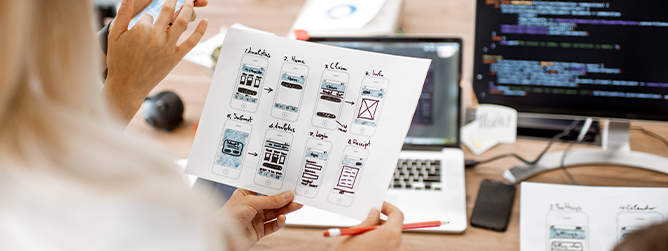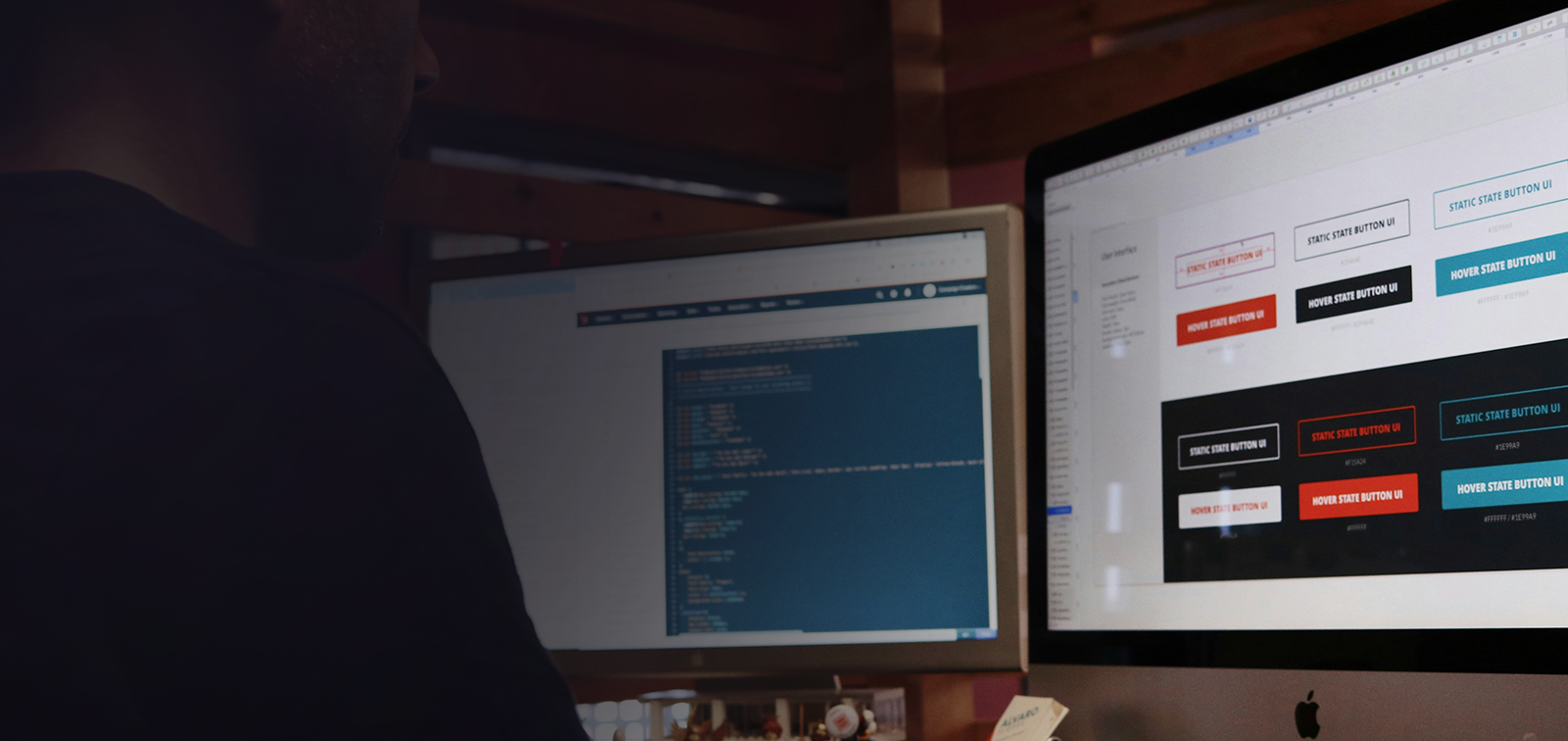Articles in Design

Make It Click: On the Anatomy of a Button

A Step-by-Step Guide to Implementing Design Systems

How do web developers use a design system?
While there is an abundance of information available about building design systems (including a great breakdown of Atomic Design methodology from our art director Elena Nazzaro), there are fewer resources available for developers to understand how to implement them.

Designing for Neurodiversity

Have you ever heard of the spoons theory? Originating in the chronic illness community, it’s a way of framing a person’s daily energy and output measured in spoons. For instance, a person may wake up with 10 spoons in their drawer. Getting ready for work and their daily routines takes one spoon, their commute requires another, they have a grueling workday with back-to-back meetings and by the time they’re off of work six more spoons are gone, then grocery shopping takes another, and meal prep takes the final spoon, depleting their day’s 10 spoons. And no matter who you are, everyone needs spoons for things like helping kids with homework, getting to the gym, making dinner, or researching that upcoming vacation.

This is Part 2 in our Accessibility Series. Read Part 1.
Accessibility is a critical part of website design. Prioritizing accessibility ensures that all visitors to your site have a productive and pleasant experience, regardless of their physical abilities or means of accessing the site.








